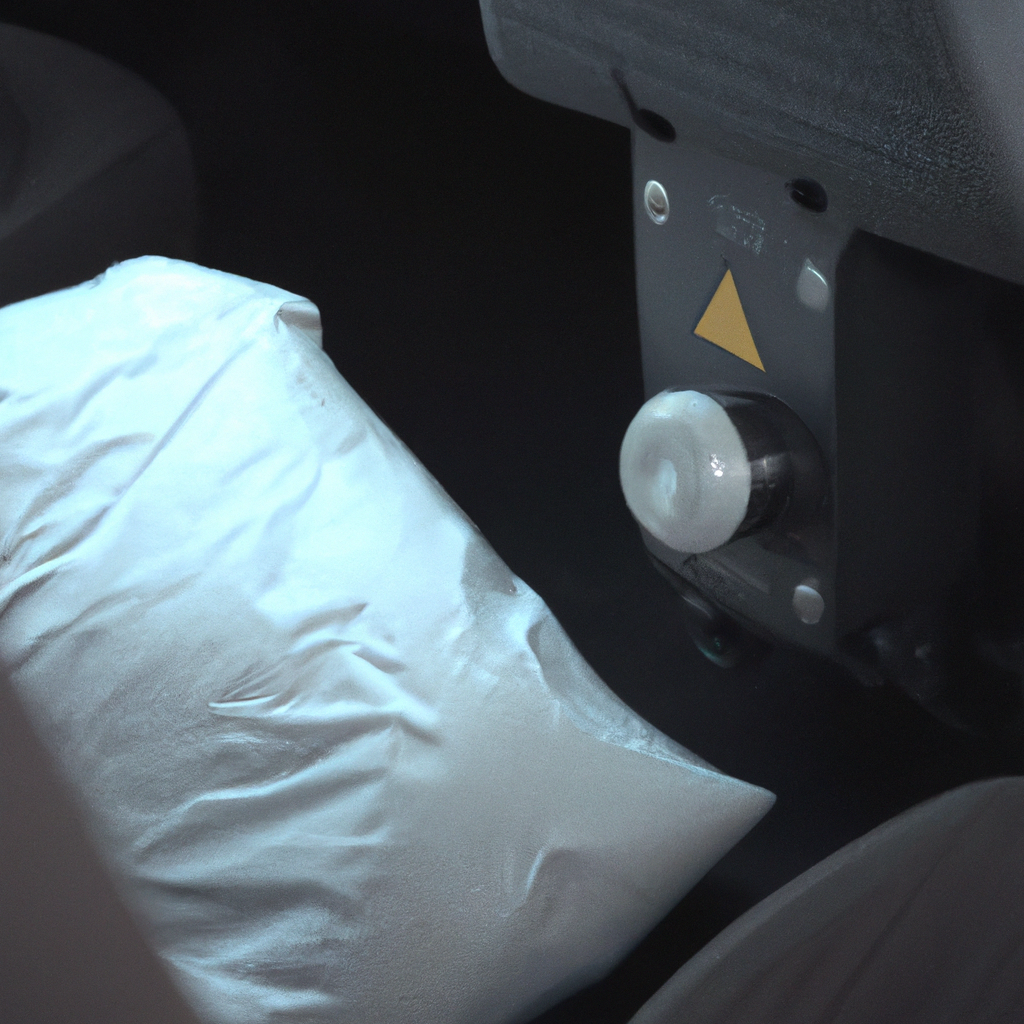A car airbag system is an essential safety feature in modern vehicles, which provides crash protection for the driver and passengers. With airbag technology advancements, car safety features have made significant progress over the years, ensuring maximum safety for drivers and passengers. In this article, we will discuss how a car’s airbag system works, including airbag deployment, airbag sensors, and other car safety innovations.
How does a car’s airbag system work?
When a car is involved in a collision, the airbag system is triggered, and the airbags inflate in a split second, providing a cushion of protection for the occupants. The airbag system comprises various components that work together to ensure maximum safety during a crash. Some of these components include:
1. Airbag Sensors:
Car airbag sensors are responsible for detecting a crash and sending signals to the airbag control unit. The control unit then analyzes the signals and determines whether to deploy the airbags or not. The sensors are usually placed in different parts of the car, including the front, sides, and rear. They use accelerometers to measure the magnitude of the crash and determine whether it is severe enough to deploy the airbags.
2. Airbag Control Unit:
The airbag control unit is the brain of the airbag system. It receives signals from the sensors and determines whether to deploy the airbags. The control unit also controls the timing and force of the airbag deployment, ensuring maximum protection for the occupants. In some modern vehicles, the control unit is linked to the car’s computer system, enabling it to analyze the crash data and adjust the airbag deployment accordingly.
3. Airbag Inflation System:
The airbag inflation system is responsible for inflating the airbags in a split second after a crash. It comprises an inflator, a gas generator, and a chemical propellant. When the airbag control unit receives a signal to deploy the airbags, it sends an electric current to the inflator, igniting the propellant. The propellant then rapidly burns, generating gas that inflates the airbag.
4. Airbag Deployment:
Once the airbag control unit determines that a crash is severe enough to deploy the airbags, it sends a signal to the inflator, initiating the airbag deployment. The airbags inflate in a fraction of a second, providing a cushion of protection for the occupants. The airbags deflate immediately after deployment, ensuring that the occupants are not trapped inside the car.
Car safety innovations
Over the years, car safety features have made significant progress, ensuring maximum safety for drivers and passengers. Some of the car safety innovations include:
1. Seat Belt Pretensioners:
Seat belt pretensioners are designed to tighten the seat belt in a crash, reducing the occupant’s forward movement and ensuring maximum protection. The pretensioners work in tandem with the airbag system, ensuring that the occupants are not thrown forward during a crash.
2. Electronic Stability Control:
Electronic stability control is a car safety feature that helps prevent skidding and loss of control. The system uses sensors to monitor the car’s movement and applies the brakes to individual wheels to prevent skidding.
3. Lane Departure Warning:
Lane departure warning is a car safety feature that alerts the driver when the car is drifting out of its lane. The system uses cameras to monitor the car’s position on the road and alerts the driver with a visual or audible warning if the car is drifting out of its lane.
Conclusion
A car’s airbag system is an essential safety feature that provides crash protection for the driver and passengers. With airbag technology advancements, car safety features have made significant progress over the years, ensuring maximum safety for drivers and passengers. The airbag system comprises various components that work together to ensure maximum safety during a crash, including airbag sensors, the airbag control unit, the airbag inflation system, and airbag deployment. In addition, car safety innovations such as seat belt pretensioners, electronic stability control, and lane departure warning have further enhanced vehicle safety, ensuring that drivers and passengers are protected in the event of a crash.







